1. The New Madrid Earthquakes of 1811-1812
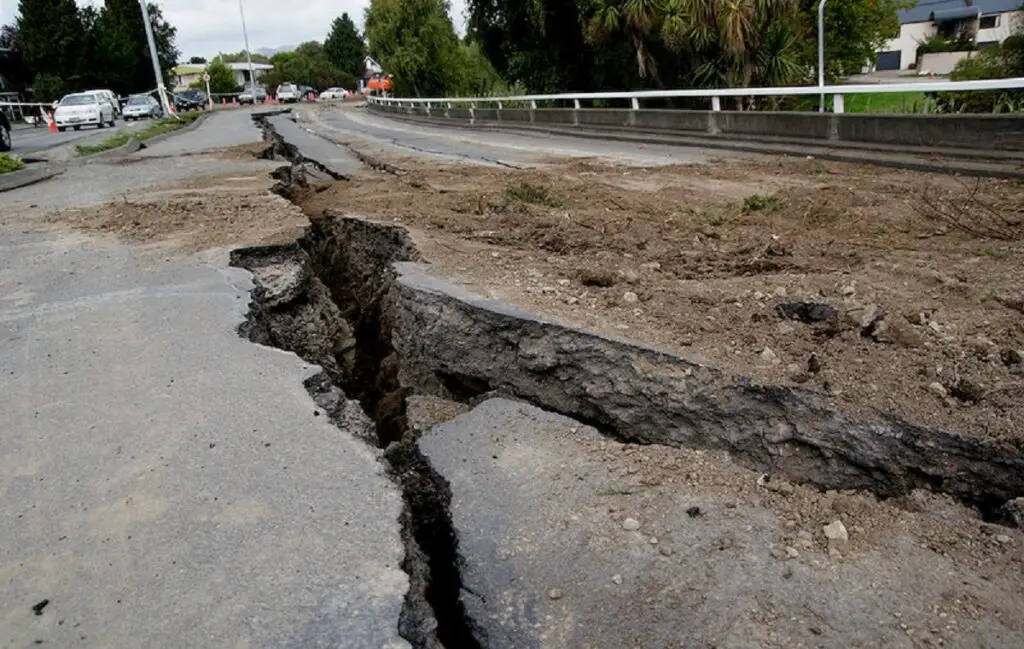
Most people learn about big earthquakes like the 1906 San Francisco disaster, but the New Madrid earthquakes were some of the most powerful in U.S. history. They struck the Midwest between December 1811 and February 1812, with aftershocks lasting for years. The quakes were so intense that they made the Mississippi River flow backward for a short time and created temporary waterfalls. People as far away as Washington, D.C., and Canada felt the shaking. Entire forests were flattened, and some areas of land were permanently changed shares Britannica.
Despite their massive impact, the New Madrid earthquakes are barely mentioned in history classes today. At the time, the region was sparsely populated, which may be why they aren’t remembered like other disasters. However, scientists warn that the fault line is still active, and a repeat event could be devastating. The idea of the Mississippi River reversing its course again is a terrifying thought, but it’s one most people never even hear about.
2. The Bonus Army Protest of 1932
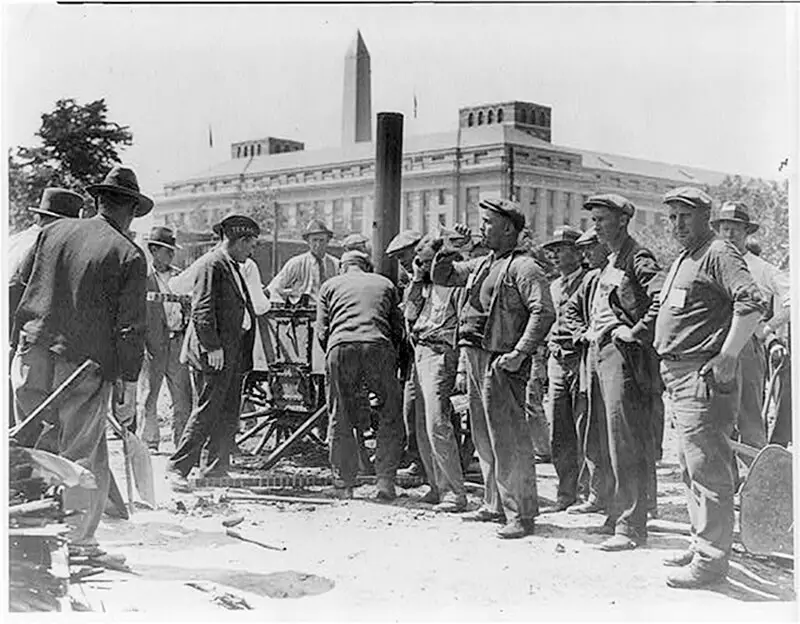
During the Great Depression, thousands of World War I veterans marched to Washington, D.C., demanding early payment of bonuses promised to them for their service. The government refused, and things got heated. These veterans, many of whom were struggling to survive, set up a shantytown near the Capitol. Eventually, President Hoover ordered the U.S. Army to remove them, and the situation turned violent. Soldiers, led by future WWII generals Douglas MacArthur and George S. Patton, used tear gas and set fire to the veterans’ camps shares PBS.
The sight of American soldiers attacking their own veterans was shocking, but it didn’t stop Hoover from defending his decision. The brutal crackdown helped sink his chances for reelection, and Franklin D. Roosevelt took office soon after. Although FDR didn’t immediately pay the bonuses, he handled the situation more diplomatically. Most history books focus on the Great Depression’s impact on average Americans but rarely discuss how badly the government treated those who had once fought for the country.
3. The Bat Bomb Experiment of World War II

During World War II, the U.S. military explored some bizarre weapon ideas, including bat bombs. The idea was to attach tiny incendiary devices to bats, which would then be released over Japan. The bats would roost in buildings before the timers went off, setting entire cities on fire. It sounds like something out of a spy movie, but the plan actually made it through multiple tests. At one point, the bats accidentally set a military base on fire during an experiment says WCBE.
Despite the initial promise, the project was eventually scrapped in favor of the atomic bomb. However, some experts believe that if fully developed, bat bombs could have caused as much destruction as nuclear weapons without the long-term radiation effects. It’s a strange but fascinating part of military history that rarely gets mentioned in classrooms. Imagine the alternate timeline where history books talked about bat-delivered destruction instead of mushroom clouds.
4. The Great Molasses Flood of 1919
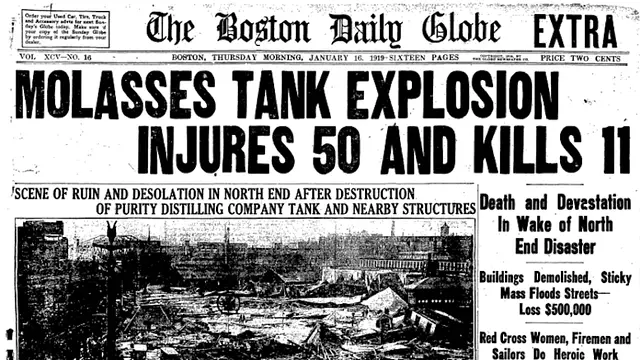
A massive tank holding over two million gallons of molasses exploded in Boston’s North End, creating a wave of sticky destruction. The 25-foot-high surge moved at 35 miles per hour, crushing buildings and sweeping people off their feet. It killed 21 people and injured over 150 more, trapping horses and leaving the area coated in syrup for weeks. Cleanup was a nightmare, and on hot days, people claimed they could still smell molasses in the neighborhood years later says WCVB.
Investigators found that the tank had been poorly constructed, with visible cracks ignored by the company responsible. In the end, the company had to pay millions in damages, and safety regulations improved as a result. Still, the idea of a molasses flood wiping out a city block sounds so absurd that many people think it’s an urban legend. But it really happened, and it’s one of the strangest disasters in American history.
5. The Tulsa Race Massacre of 1921
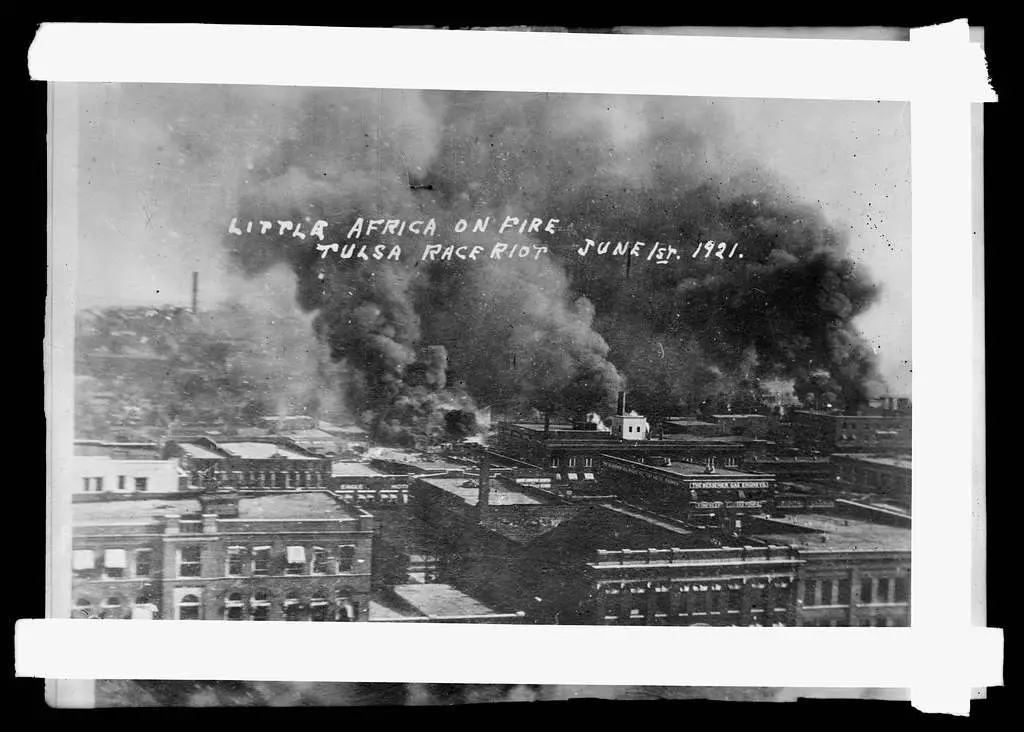
Tulsa’s Greenwood District, known as “Black Wall Street,” was one of the most prosperous Black communities in the country. But in 1921, a false accusation led to one of the worst incidents of racial violence in American history. White mobs, some deputized by local law enforcement, attacked the neighborhood, setting homes and businesses on fire. Airplanes even dropped firebombs from above. The destruction was so complete that the district was left in ruins, and hundreds of people were killed.
For decades, this horrifying event was left out of history books, with survivors silenced and records buried. It wasn’t until recent years that the massacre began getting the attention it deserved. Even today, many Americans don’t know it happened, despite its massive impact. The fact that an entire thriving community was wiped off the map is something that should never be forgotten.
6. The Dancing Plague of 1518
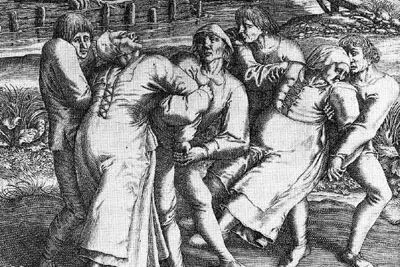
In 1518, a bizarre phenomenon took over the town of Strasbourg, where people started dancing uncontrollably—and couldn’t stop. It began with one woman and quickly spread to hundreds of people. Some danced for days, collapsing from exhaustion or even dying from heart attacks. Doctors at the time had no explanation, and their best advice was to encourage more dancing, hoping it would cure them. Spoiler alert: it didn’t.
Modern historians think the cause could have been a psychological reaction to stress or possibly a hallucinogenic fungus. Whatever the reason, it remains one of the strangest mass hysteria events in history. It’s wild to imagine a town full of people dancing to their deaths, but that’s exactly what happened. If nothing else, it proves that reality can sometimes be stranger than fiction.
7. The Whiskey Rebellion of 1794
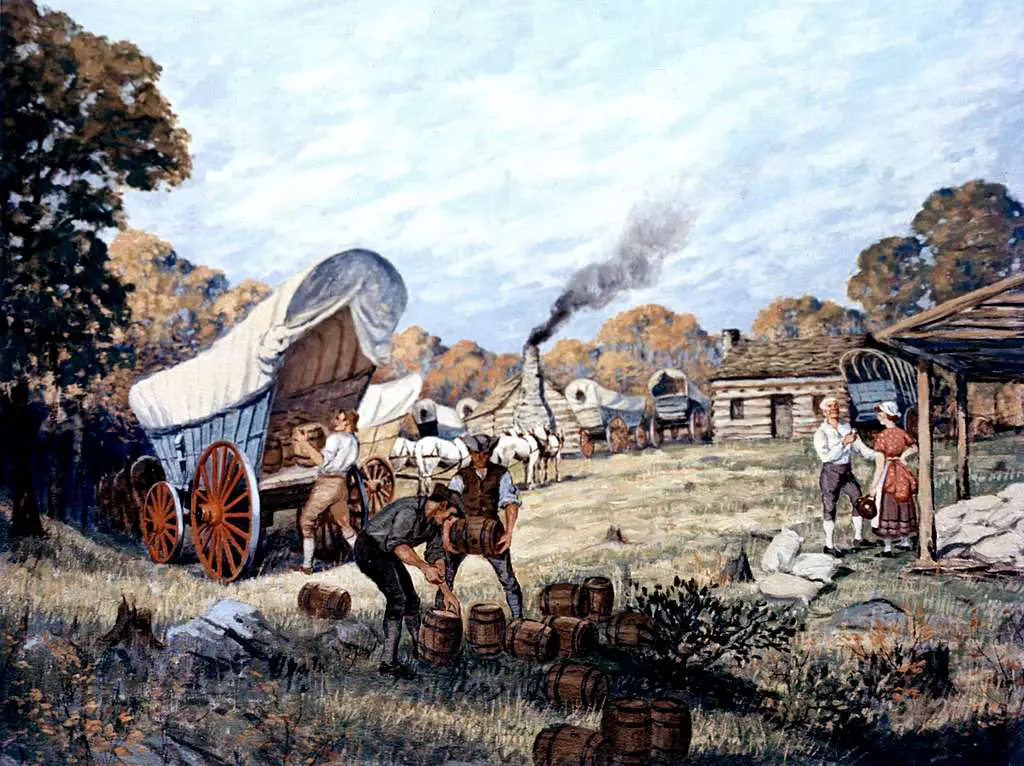
The American government wasn’t even a decade old when it faced its first major rebellion. After imposing a tax on whiskey, farmers in Pennsylvania revolted, attacking tax collectors and refusing to pay. President George Washington himself led federal troops to crush the uprising—the only time a sitting president has personally commanded an army in the field. The rebellion fizzled out quickly, but it showed how fragile the young nation still was.
Despite its significance, the Whiskey Rebellion rarely gets much attention in history classes. It was an early test of federal authority, setting the stage for future conflicts over government power. The fact that Washington was willing to use force against American citizens is something worth discussing. But unless you take a deep dive into early U.S. history, you probably never hear about it.
8. The Halifax Explosion of 1917

During World War I, two ships collided in Halifax Harbor, causing the largest non-nuclear explosion in history. One of the ships was loaded with explosives, and when it blew up, the blast leveled entire neighborhoods. The explosion was so powerful that windows shattered 50 miles away, and a massive tsunami followed. Over 2,000 people died, and thousands more were injured.
The disaster was overshadowed by the war, so it never became as well-known as other historical tragedies. However, it remains one of the deadliest explosions ever recorded. The people of Halifax still commemorate the event, but outside of Canada, it’s rarely discussed. It’s a reminder of how devastating an accident at sea can be.
9. The Explosion of the SS Sultana in 1865

Right after the Civil War ended, the SS Sultana was carrying over 2,000 Union soldiers home when its boilers exploded. The blast tore the ship apart, throwing passengers into the Mississippi River. Around 1,800 people died, making it the deadliest maritime disaster in U.S. history. Yet, because it happened right after Lincoln’s assassination, it was barely covered in the news.
The tragedy was caused by negligence, as the ship’s boiler had been hastily repaired in an effort to carry more passengers. Despite the staggering loss of life, the event was quickly forgotten. The Titanic gets all the attention, but the Sultana disaster was actually deadlier. It’s one of those forgotten events that deserves far more recognition.
10. The Ludlow Massacre of 1914
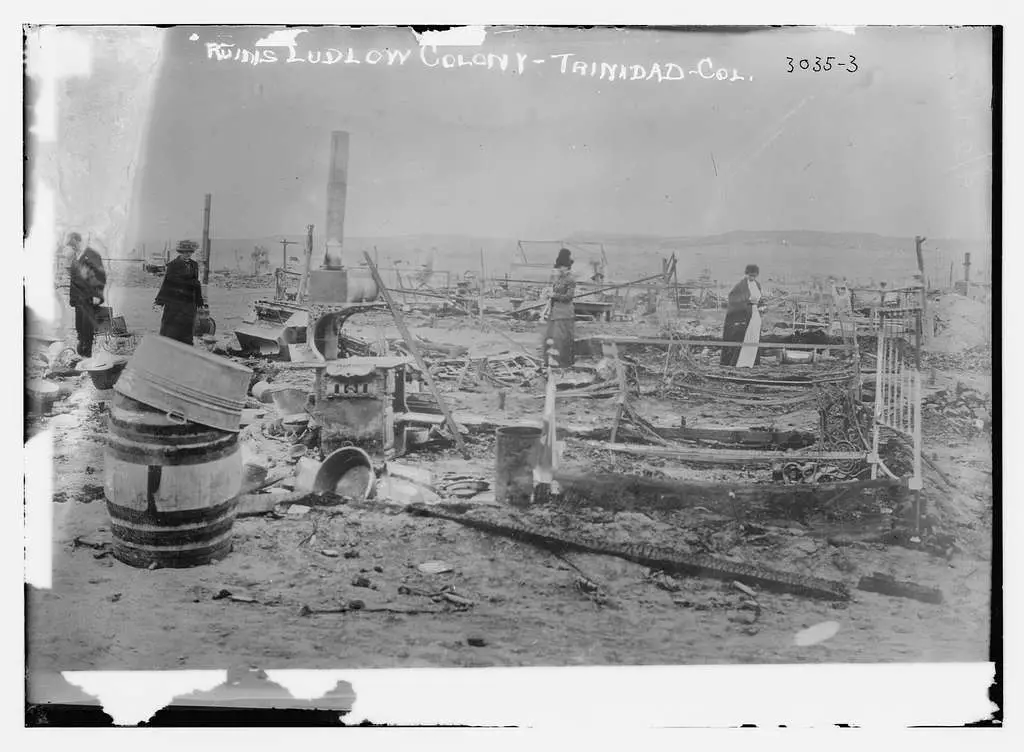
Coal miners in Colorado were striking for better wages and working conditions when things took a deadly turn. The mining company, backed by the state militia, opened fire on a tent colony of striking workers and their families. Over two dozen people, including women and children, were killed as fires swept through the camp. Some victims suffocated in underground pits where they had been hiding from the violence.
Despite the brutality, the Ludlow Massacre is rarely covered in school history books. It was a major turning point in labor rights, helping to push for better working conditions nationwide. However, powerful industrialists wanted to bury the story, and they largely succeeded. The struggle between corporations and workers continues today, making this a piece of history that shouldn’t be forgotten.
11. The Pig War of 1859
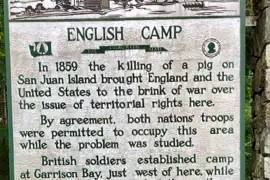
Believe it or not, there was almost a war between the U.S. and Britain over a pig. It all started on San Juan Island, where an American farmer shot a British-owned pig that was eating his crops. Tempers flared, and both countries sent troops to the island, prepared for battle. For weeks, soldiers on both sides stared each other down, waiting for the order to fire.
Fortunately, cooler heads prevailed, and the dispute was settled diplomatically. In the end, the only casualty was the pig itself. While the event may sound ridiculous, it highlights how easily small conflicts can escalate. Schools love teaching about the big wars, but sometimes it’s the strange near-misses that tell us the most about history.
12. The Zoot Suit Riots of 1943
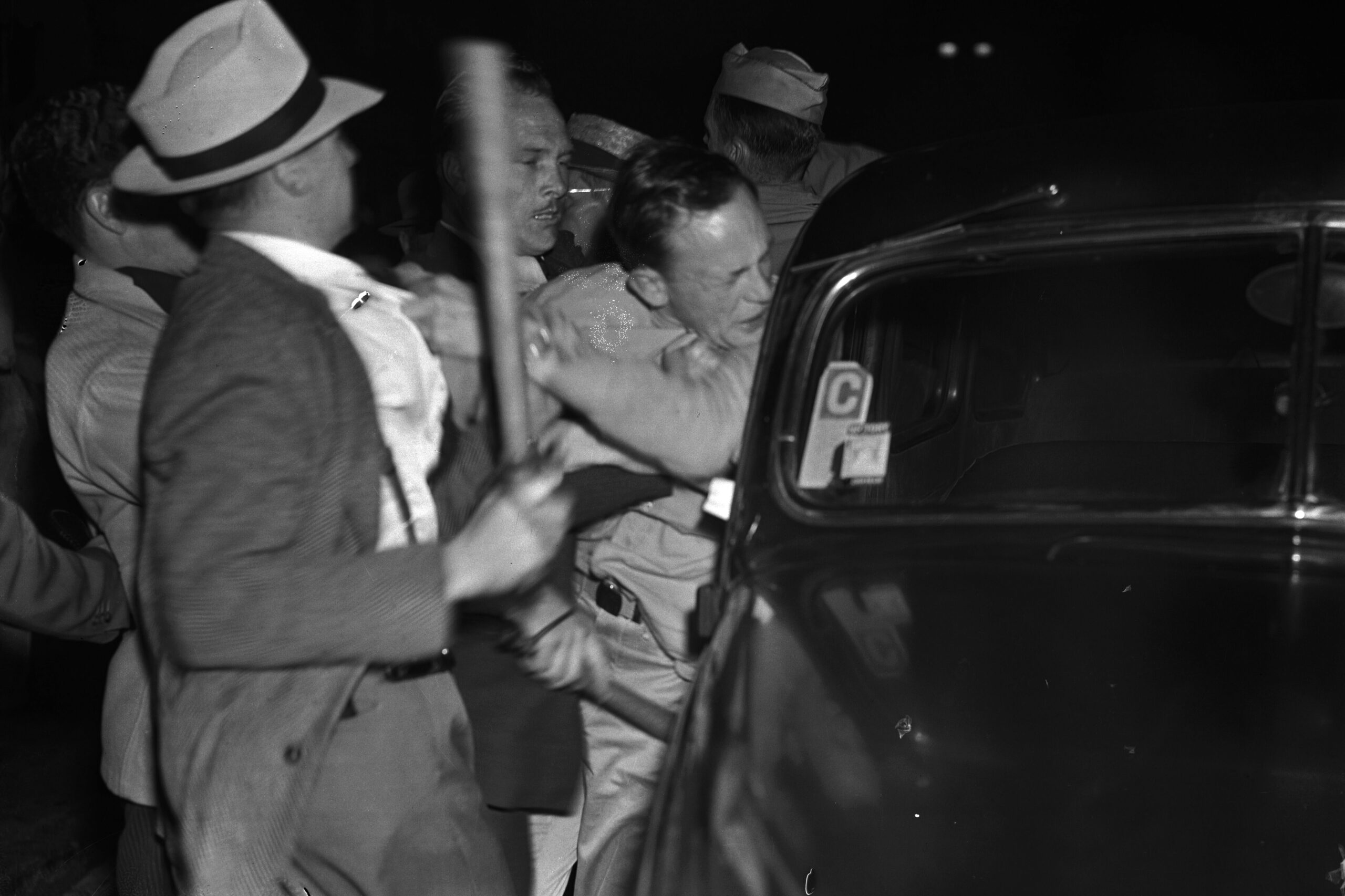
During World War II, tensions between Mexican-American youth and U.S. servicemen exploded into violence in Los Angeles. Young men wearing flashy “zoot suits” were attacked by mobs of soldiers and police officers. The riots lasted for days, with authorities blaming the victims rather than those carrying out the attacks. At the time, racial discrimination and anti-Mexican sentiment were at an all-time high.
Despite its significance, the Zoot Suit Riots are often overlooked in history classes. They exposed deep racial divisions in America during a time when the country was supposed to be united against a common enemy. The fact that law enforcement encouraged the violence makes it an uncomfortable topic, which might be why it’s so rarely discussed. But ignoring it doesn’t erase what happened.
